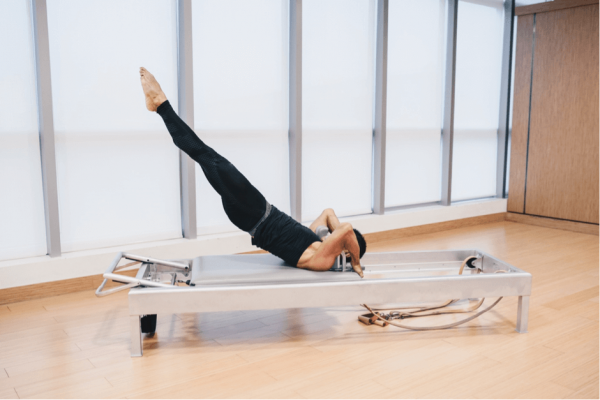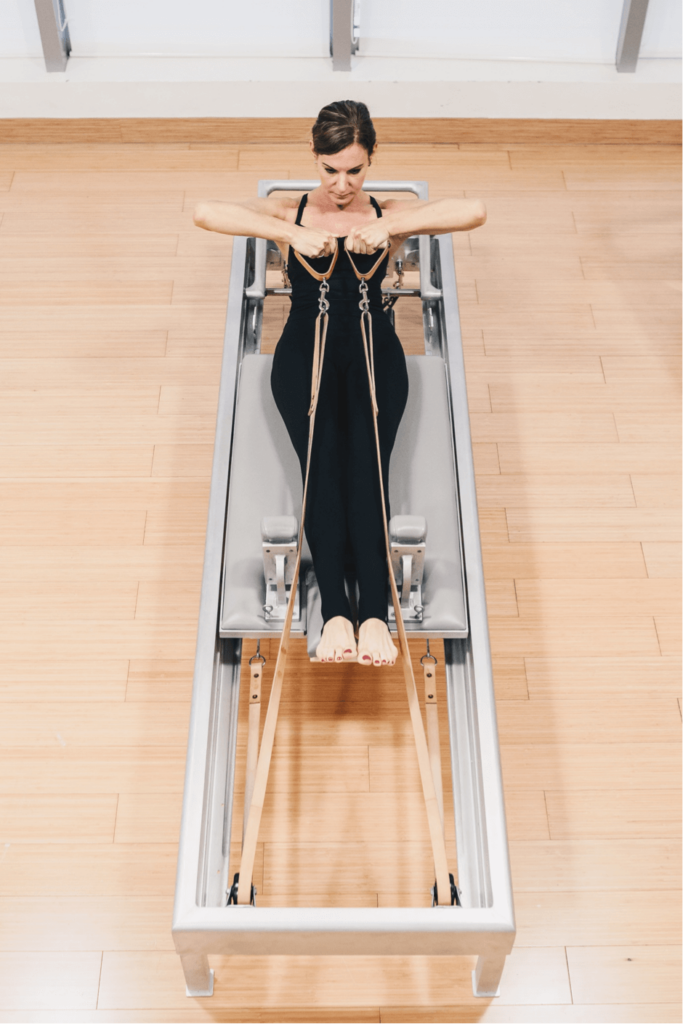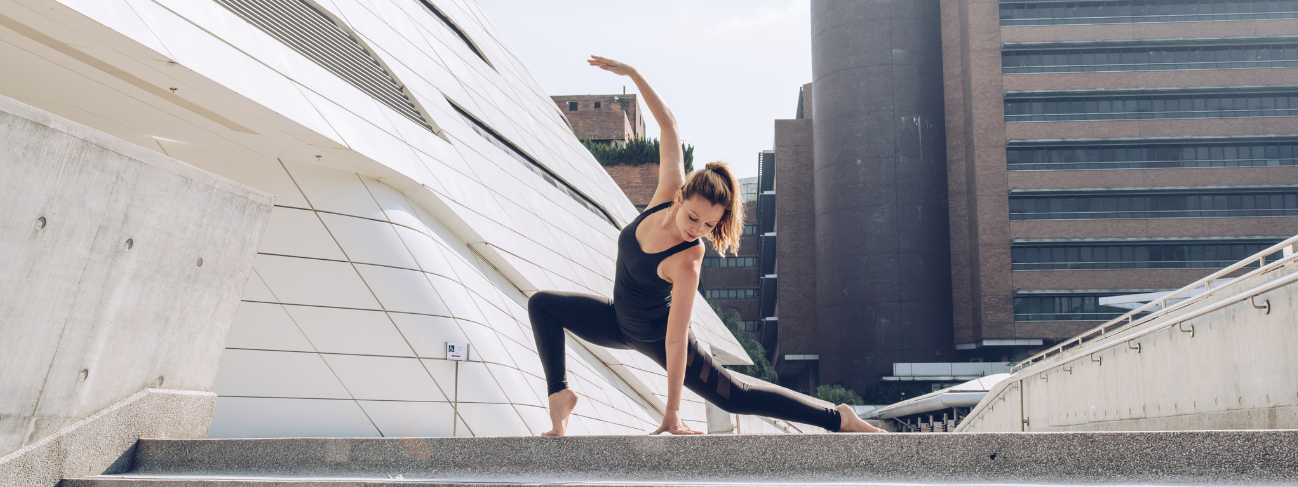
11 Oct Why Decompressing The Spine Is So Important

We hear this term a lot – decompressing the spine. But what does it really mean and why is it important that we do it? Joseph Pilates famously said, “you’re as young as your spine is flexible”, among other catchy phrases. But many of us still take our all-important spines for granted – slouching, not moving enough, moving too much the wrong way or putting pressure on it with various daily activities. In essence, spinal discs become compressed.
Over time (or sometimes, spontaneously due to injury that causes swelling) a myriad of mild to serious health issues can occur. These include – but are only a small sample – a fracture, herniated or ruptured disc, or simply pain from cervical spondylosis (neck pain also known as cervical osteoarthritis). Most people feel this compression as general pain in their backs or necks from muscle fatigue after a long day.

Pilates Works!
This is where the importance of regular ‘decompression’ comes in. Pilates work is ideal for achieving this. Why?
“In Pilates, we work in flexion,” explains Pilates guru Juliana Lopez, a popular Flex instructor who also teaches corporate sessions for staff groups. “If you work at a desk, this is what you need, because we compress our spinal discs when we’re sitting all day.”
Even if we try to sit up straight regularly, it’s very difficult to do that for hours on end. And we all know what happens to the neck when we look at our phones.
“With Pilates, we strengthen the muscles eccentrically,” Juliana explains. An example of eccentric training is when your calf muscle shortens as you rise onto your toes, but lengthens to control your descent. The lowering phase is an eccentric contraction.
“The muscles get strong when they are long. So for example, they hold your spine on that long stretch. You are supporting your spine by strengthening the muscles around it so that when you walk or sit or stand, these muscles are stronger and able to hold you up for longer.”
Know Your Spine
Maybe it’ll help if we understand the spine’s basics a bit better. The human spine is composed of 26 individual bony masses and 24 of those are bones called vertebrae. The vertebrae are stacked one on top of the other and form the main part of the spine running from the base of the skull to the pelvis.
At the base of the spine is a bony plate called the sacrum which is made of five fused vertebrae. The sacrum forms the back part of the pelvis. At the bottom of the sacrum is a small set of four partly fused vertebrae, the coccyx or tailbone.
Adding the fused and partly fused bones of the sacrum and coccyx to the 24 vertebrae, the spine has 33 bones all together.
The spine is labeled in 3 sections: the cervical spine, the thoracic spine, and the lumbar spine. Starting from the top there are 7 cervical vertebrae, 12 thoracic vertebrae, and 5 lumbar vertebrae See more at https://www.thoughtco.com/anatomy-of-the-spine-2704844.\
It is a complicated organ, and because of its flexibility and many moving parts, it’s prone to injury and/or degeneration.

How It Works
In Pilates, the core muscles of the back and stomach are trained to provide strength and continued flexibility for the spine as we age.
There are exercises that not only enhance the spine’s flexibility to ensure it stays moving the right way, but a big focus on correct alignment and muscle balance to help keep the spine long, decompressed and protected.
Classical Pilates – as is practiced at Flex – promotes awareness of movement habits that may stress the spine, and allows practitioners to find new ways to understand neutral alignment, excessive tension and the use of proper focus.
In a nutshell, you achieve the length of the spine and you get the support at the same time. This becomes embedded in the muscle memory, so that when you do move, sit, work out or stand, you’re in correct alignment more easily.
On a final note, Pilates is all about breath work as well, and deep breathing activates the supportive core muscles of your trunk.
There are many, many Pilates exercises – on the mat or equipment – that will decompress the spine. Throughout each class, engaging your ‘powerhouse’ – core, back, shoulders, thighs and arms – encourages a kind of corset around your spine. If this helps you stay upright and pain free for life, then it’s time to get decompressed!
Back pain or stiffness? Join our Yamuna® Body Rolling: Lower Back and Hips with Mika Childs workshop, 2 November 11.15am – 12.45pm | One Island South and 3 November 3pm – 4.30pm | Central. $550 https://flexhk.com/workshops/


